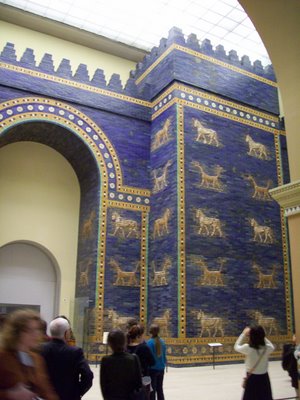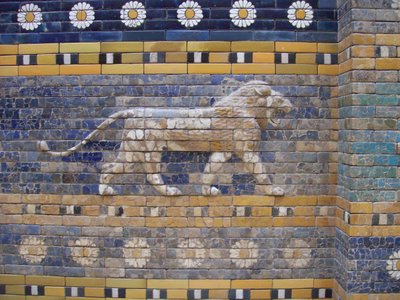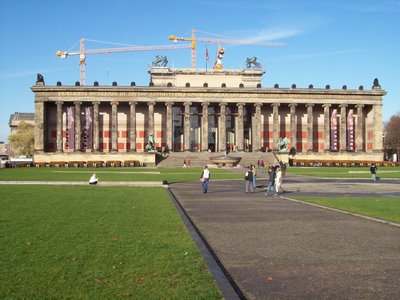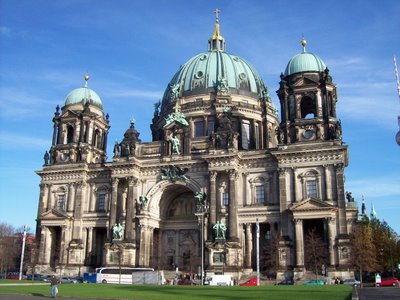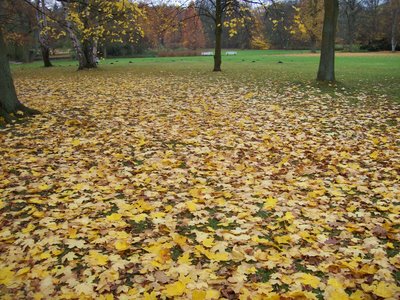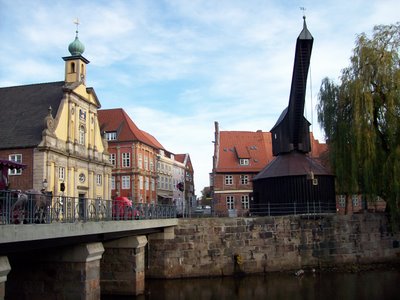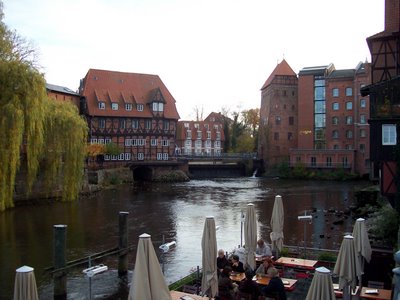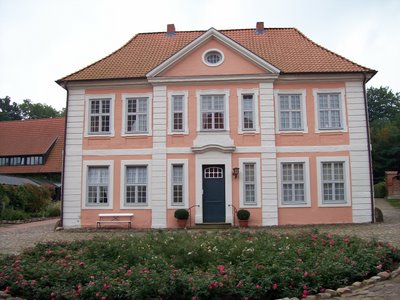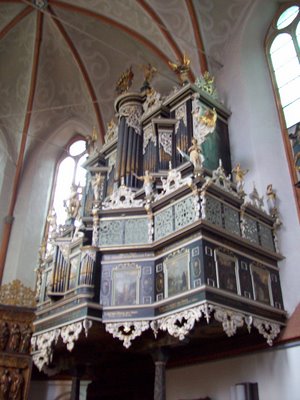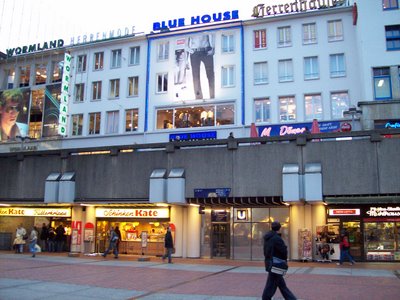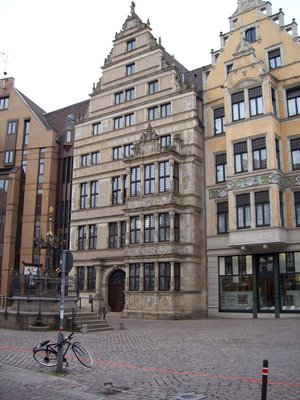
It is hard for those of us who have gotten to know Lueneburg over the last few months to understand that it, too, was caught up in the horror of the Third Reich. In fact, there was quite a bit of Nazi activity in the city.
Last week, I organized a walking tour for my students about the Nazi history of Lueneburg. This is a subject not focused on by the local tourism effort which understandably prefers to focus on the city’s colorful Hanseatic history during the medieval and renaissance eras. But the Nazi tour fit in well with my WWII course and proved popular as several students signed up who are not even in my courses.
The organizers of the Nazi tour are a private group of volunteers, who do receive some small funding from the city, and feel that activities of the National Socialists in Lueneburg is knowledge that should be more widely held. Their group is called Geschichtswerkstatt, which translates to The History Workshop. Our guides were Jurgen and Angela. They broke the group into two parts of about a dozen people each. The tours were slightly different, due to the interests and specialties of our two guides.
I won’t give a blow by blow account of the walk but will focus on a few of the highlights. We saw several places that saw operations of the Brownshirts, or Hitler’s paramilitary group. One of the first places they hit in the city was the building where the unions headquartered. They attacked the building, ransacked it, and made it into offices for the Nazis. Labor unions were a typical target of the Nazis because of their potential for mobilizing resistance.
We saw three stores that were once owned by Jews that were targeted by the Nazis. They were surrounded by Brownshirts who prevented customers from entering. Two of them were eventually ransacked by them. One of them, a shoe store, was “Ariyanized” or purchased by a non-Jew. In the sidewalks in front of some of the places that used to be Jewish businesses there are little plaques called “stumble stones.” They record the business owner and when the individuals were “deported.” Sometimes this was to the United States (as in the shoe store owners) or elsewhere. Sometimes it was to the concentration camps.
Lueneburg holds an interesting position in this regard because of its proximity to Bergen-Belsen, where Anne Frank died. Bergen-Belsen through most of the war was a POW camp filled with Soviet soldiers. Many thousands of them died there of disease, starvation, and overwork. Not until toward the end of the war did it become a destination for Jews. In total, about 100,000 people died at Bergen-Belsen.
During the Nazi reign, there was a political realignment that affected Lueneburg. Hamburg had long been independent politically, sort of like a German “Lande” which is sort of like an American state. But under the Nazis, Hamburg-Harburg, just outside of Hamburg, was included under Hamburg’s political control. Hamburg-Harburg had been the region that included Lueneburg. Now the Nazis chose Lueneburg to be the regional capital. The impact of this decision was that the Nazis really wanted to put their mark on Lueneburg. Nazi architects drew up plans to create an area of grand buildings and broad avenues on the northside of the city. Fortunately, the war intervened and these plans were never put into place since it would have destroyed the amazing historical integrity of the town.
While the Nazis took over many buildings, including a prominent building on Am Sande, one of the main squares, as their headquarters, they built only one building in Lueneburg. Completed in 1938, it is called Handwerkskammer. Ironically, its real historical importance comes from the end of the war. As British troops moved into the area, British commander, Field Marshall Bernard Law Montgomery, chose the building as his headquarters. It was here in Lueneburg that German military commanders came to arrange for the surrender of Northern Germany and the occupied territories of Denmark and the Netherlands. The actual signing took place elsewhere but it was arranged for in talks at Monty's British headquarter's in Lueneburg.
Two other issues make Lueneburg important to the war. After the peace treaty was signed, the first war crimes trial was held in a building in Lueneburg, a building that sadly fell to a wrecking ball a few years ago, and the guards from Bergen-Belsen were tried. Interestingly, a man from Scotland took part in the tour with us. His grandfather was one of the military lawyers who represented the accused guards.
Above, is a photo of the only building in Lueneburg built by and for the National Socialists and was part of the larger plan that, fortunately was never built. It is interesting to see the balcony and what kind of speeches might have been planned to be given from it.








